TETULIA
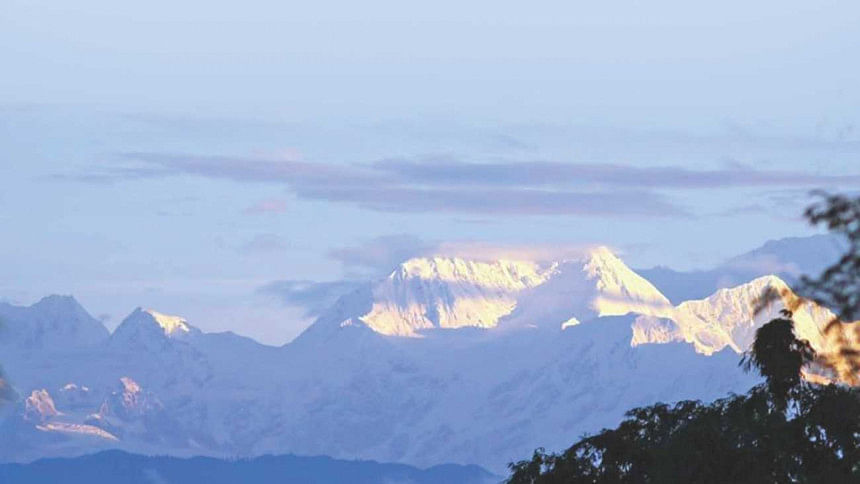
Perhaps you have been yearning to see the famed Kanchenjunga for long. But because of the international travel involved, and the various red tapes, it has not materialised yet. Did you know that you can easily see the sunbeams dancing off of the massive mountain's snow sheath from a peaceful corner of your own country? That is exactly what Kakon and her friends did. "Never in my dreams did I imagine we could see the amazing mountain from within our own country! We just went to Tetulia based on supposed hearsay. But we tasted success on the very first day. We woke up to the magnificent mountain shining in the distance, in clear view. We could not believe our eyes at first." Darjeeling, known as "himaloyer konna", or the daughter of the Himalayas, is right next to Tetulia, just across the border.
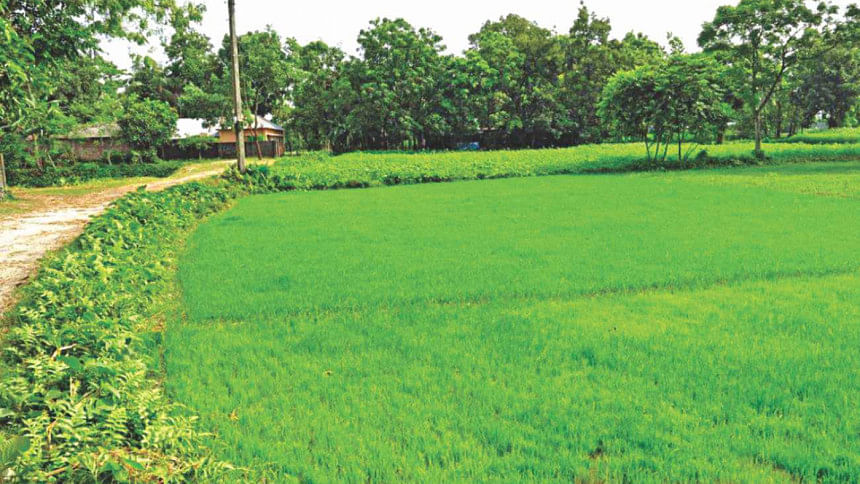
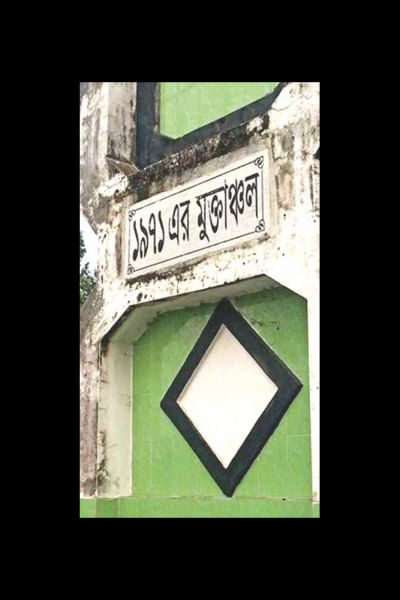
Hundreds of people from the world over visit Darjeeling from October through May every year to see the beauty that is Kanchenjunga. And yet many of us are not aware that its mesmerising beauty can be experienced from the northern most upazila of Bangladesh, Tetulia, during any clear day of Hemanta or Sheet seasons, that is from mid October to mid November. The weather is only slightly cold then, with only a few clouds wafting about in the blue sky, and there is not much fog either. You just need nature to favour you on the day to catch a glimpse of a proud member of the Himalayas. Of course, you need nature's favourable gaze in Darjeeling itself too. A European tourist I know went to the top of Tiger Hill for 10 days straight and yet left without a glimpse of the mountain, all for the lack of Mother Nature's favour.
Tetulia is the most attractive upazila of Panchagarh. If you think the view of the Kanchenjunga is the only thing on offer, it is not. There is plenty more to see. There are four rivers flowing through—the Korotoa, Gobra, Dahuk and Mahananda. They have different flows during different times of the year. Originating in the mountains, they also bring along large rocks. The water is crystal clear and sweet. It is a lot of fun to take a dip in the cold waters if you visit in the summer season. The water flow is much lower in the winter, but then the vast 'Chars' emerge on them. And after a good rain in the monsoons, the serene waters peacefully flow through the tea estates to the flatter parts of the region.
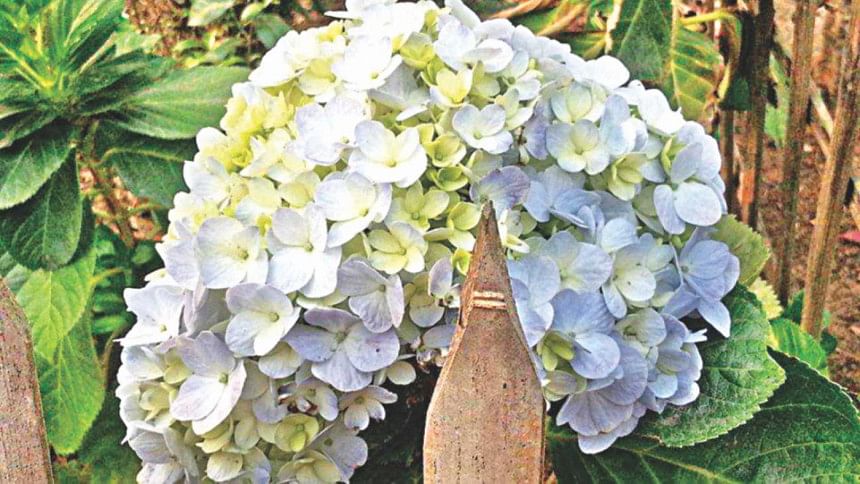
Apart from the rolling hills in the Sylhet region, a lot of tea is now produced in the flatlands of Panchagarh now. Tea estates line both sides of the main road, melding into the horizon. It is a vast verdant carpet, wherein stand some tall trees, providing shade to the tea gardens. We had assumed that the name Tetulia must have been derived from Tetul, or tamarind, and that we found to be true. There used to be many tamarind trees in the region then. But we could not determine whether those trees were in fact haunted or not, as many in Bangla literature are said to be! It is also said that once an English trader lived on one of the hill tops here, beside a large tamarind tree. His father's name was "Tetu". So the name Tetulia came from the Tetu and "tetultola" for the tree. Even today it seems that the greenery is the most dominant factor in Tetulia. Apart from the tea gardens, there are also orchards of pineapples, jackfruit, watermelon, papaya, and oranges. Rows and rows of mango trees, wheat, rice and garlic can also be seen. Rows and rows of ancient trees. The whole place is somehow shaded, basking in its greenery.

Tetulia is one of the oldest police staions or "thana" of the country. It used
to be a mohkuma city until 1869, under the British colonial rule. It was well known for trade and industry, as well as for being an inland river port. It was also a central business district for the Marwaris, as the "Mohajoni" or wholesale boats would ply over the Mahananda river. There also used to be a trade fair here once, where traders from far flung areas would come to sell their wares. That is when the pukka houses sprung up, along with roads, temples and the racecourse for horses. But a sudden epidemic of Malaria and Black Fever (Kalajor) changed everything, leaving the port city bereft of people. It fell under the Jolpaiguri administration in 1870 but was placed within Panchagarh during the Partition of 1947. India surrounds the upazila on three sides.
The Daak Bunglow in Tetulia is old but sturdy and beautiful. It is said that the Raja of Kutch Bihar had it made. About 15-20 metres above the water level, the river flows right in front of it. The design bears the hallmarks of British architecture. It is now owned by the Zila Parishad. A pillar to mark our victory was built right next to it.
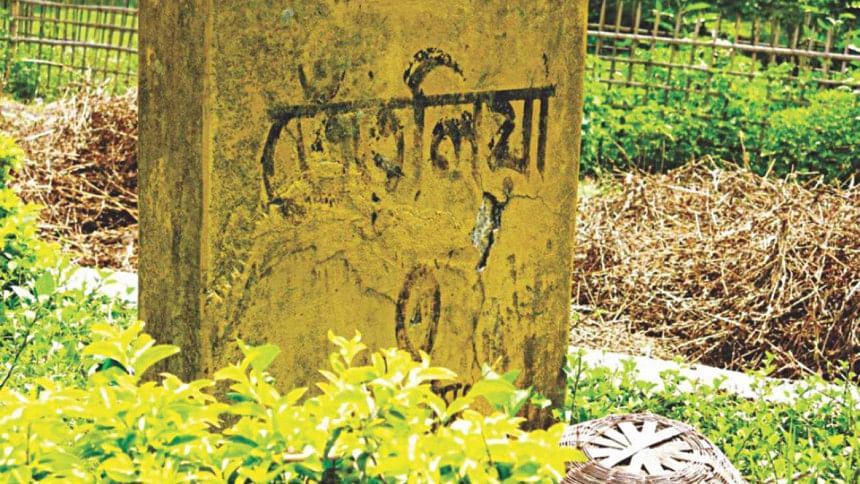
Tetulia has such peaceful and serene roads that moving about and taking in the scenes becomes very easy. And that is why it is better to not just stay stationary once you are here, rather, plan a trip to Buraburi, a place somewhere between Bhajanpur and Tetulia. There are ruins of an old fort there, the Bhadreshwar temple, a Shiv temple, and two mausoleums built in the Greek style. The second largest oil mine in Bangladesh is also here, at Tetulia's Shalabahan village. And then there is the landport, Banglabandha. While moving about the region, you can take a break anywhere to enjoy the hot Shingaras, Kachori, Jilapi, Gurer Mishti, and tea, both black and with buffalo milk. There are also plenty of local hotels, for proper meals of rice and curry. The region has a low density of population, making it quiet and peaceful. There is plenty of light at night too, for the searchlights burning bright along the almost 288 kms of border region. The rivers and the tea gardens look great in that light.
The best thing is the open and free attitude of the locals. The women move about freely, without any extreme observation of the "purdah" practiced in many villages. Nobody even batted an eyelid when our group of quite a few people had fun and moved about with ease.
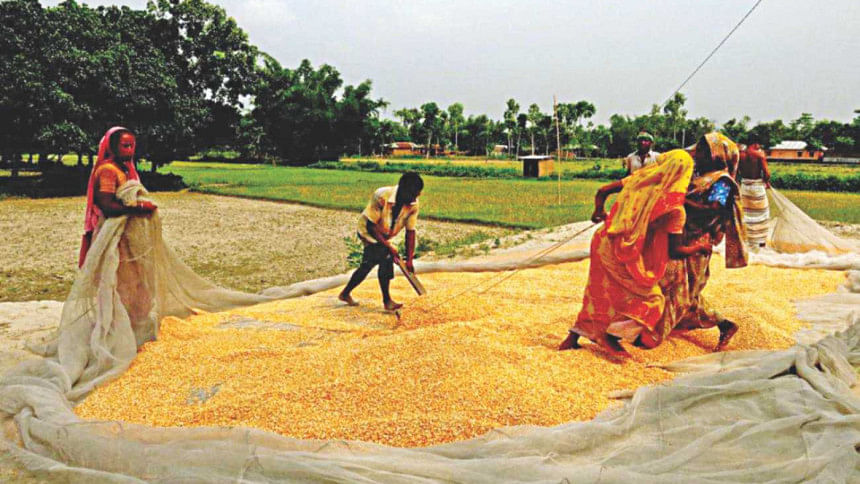
There are non-AC buses running on the Dhaka-Tetulia route. Those who want airconditioned travel options will have to take the route through Rangpur and Dinajpur. It is also convenient to take the Nilshagor Express train to Nilphamari, and Tetulia is right next to it, easily reachable by car, tempo, or scooter. Scooters, microbuses and tempos are easily available to do the sightseeing in Tetulia. The Panchagarh-Tetulia buses run all day. There are quite a few simple and decent hotels in Tetulia, but with prior permission you can also stay at the Daak Bunglow by the Mahananda river, the Banglabandha land port, or the guest house of the forestry department. There are quite a few nice places to stay in the tea estates as well, and can be arranged if you know someone local.
We felt that this northernmost settlement of Bangladesh is a very nice place to travel to. It is true that we missed the Kanchenjunga for not going at the right time, but even then what we saw was good enough to make our souls happy. So get out and go now, not towards Teknaf, but rather to Tetulia!
By Shahana Huda, translated By Sania Aiman
Photo: Shahana Huda

 For all latest news, follow The Daily Star's Google News channel.
For all latest news, follow The Daily Star's Google News channel. 



Comments